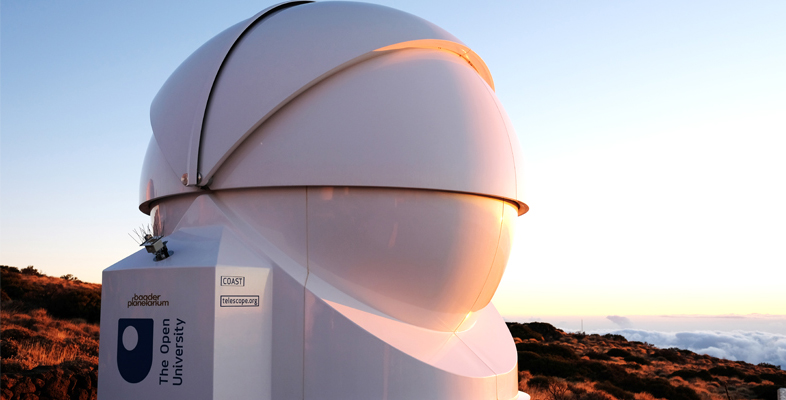6 Summary of Week 2
This week you have learned about how your eyes can adapt to the dark and how to use the sensitivity of your night vision to best effect in observing the night sky. You have also discovered how using optical instruments to collect more light can allow you to see more and fainter objects.
You have seen how telescopes work, and understand why mirrors rather than lenses are used as the primary imaging elements in large telescopes such as COAST.
Finally, you have learned about the effects of the Earth’s atmosphere in order to understand why telescopes such as COAST are often located at remote sites above the most turbulent layers of the atmosphere.
Next week you will look in more detail at how to plan your observations and in particular at how the brightness of objects is measured so that you can tell whether you need just your eyes, binoculars or a telescope to observe them. You will then have everything you need to move forward and use the COAST telescope for the first time.
You can now go to Week 3 [Tip: hold Ctrl and click a link to open it in a new tab. (Hide tip)] .
